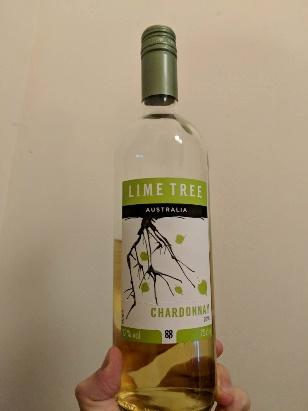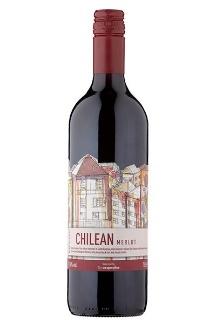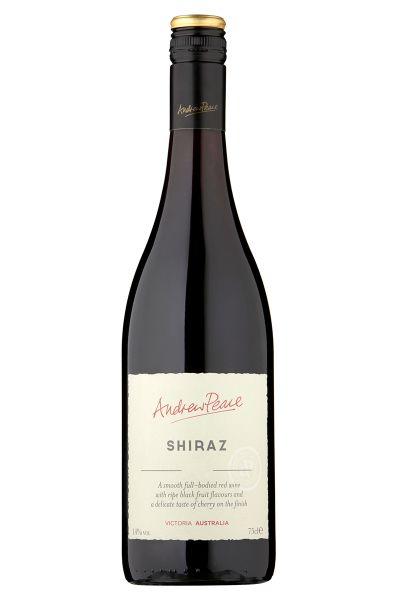Written in partnership with WineSoc
Some people like Fresh wine, some people drink Fresh wine, and others have large quantities of Fresh wine thrust upon them and tell their friends and family that it is research for a Bath Time article and that everything is fine.
On an unrelated note I have taken it upon myself to put my taste buds on the line; I will write up a review of the wines in Fresh so you can find the best wine every time. I started by setting out a plan to cover as many vintages, grapes, and brands as possible all for under £6 per wine. Feeling prepared I strode boldly into big Fresh to make my selection of the finest wines on offer. When there, I quickly discovered three things:
- 2018 must have been a very good year for grapes. The majority of the wines on the shelves and all the wines in this review were made in 2018.
- Fresh does not believe in corks. Although this isn’t necessarily a factor in the quality of the wine, the majority of Australian wines (even bottles that cost £30+) have a screw cap. Sadly, this did mean that I wasn’t able to use my exciting, new corkscrew.
- If you buy six wines in Fresh at 11 am you will get a lot of strange looks – looks that say “Are you okay, mate?”
Having selected the wines, I headed home to prepare for the next stage of my plan: the tasting. When I arrived and set out the wines, the enormity of my challenge hit me. Six bottles of wine might just be too much for a solitary man. After a few hurried messages, I had a panel of flatmates and members of the Wine Society committee to join me in my quest to find out which Fresh wines are worth buying. A quick life hack for you: it turns out the promise of a wine tasting is an easy way to get help at short notice. With my tasters ready, enough glasses found, and the white wines chilled, we settled into the evening.

The first wine we tried was the Co-op own brand Chilean Sauvignon Blanc. A quick look at the label told us that this wine was suitable for vegetarians and vegans. Although all wines are essentially grape juice and might be assumed to be vegan or vegetarian, many of them use milk proteins or egg whites in the fining process, removing impurities and natural particulates from the wine to ensure it is not cloudy. These fining aides are removed from the wine but the damage is done and the wine is no longer suitable for vegetarians. Having googled why wine isn’t vegan, the screw cap was removed and the wine was poured. The wine smelt like a Sauvignon Blanc should; people could smell lime, grapefruit, green apple and some green bell pepper. It lacked this intensity when drunk. It was light, crisp and refreshing. We all agreed it would be best drunk chilled by the lake after a hand in. An agreeable, inoffensive start to the wines. So far, so good. 6/10

After the Sauvignon Blanc, we moved onto the Fairtrade Co-op Chenin Blanc from South Africa. This wine is not suitable for vegetarians. Nor is it suitable for drinks by the lake like the previous contender. Between us, we could smell white stone fruit, honey, and maybe some apples – a promising start to the wine. However, we tasted none of this. Our wine society committee member found it ‘flabby and round’ and the fruit flavours ‘bitter’. Put simply – ‘I don’t like it’. It is more Chenin Bland than Chenin Blanc. This wine would need food to cover up its faults. Best drunk by someone else. However, the fact it is Fairtrade provides some moral satisfaction. 4/10

Next we moved onto the Lime Tree Australian Chardonnay. The final white wine of the evening. Also not suitable for vegetarians. This wine was much more promising; firstly, it had a name fit for the University of Bath campus. Secondly, it smelled and tasted like a chardonnay should. Across the tasting panel we found notes of peach, stone fruit, apple and vanilla. The wine was full-bodied but had some acidity to balance it out. A decent wine, best drunk to celebrate a hand in or with a pasta from Lime Tree. 7/10

Our first red wine of the night was the Co-op Chilean Merlot. Suitable for vegetarians and vegans. This wine is more Mer-no than Merlot. We couldn’t get much out of the wine: ‘Is anyone getting raspberries?’ –‘Violets? You can get that in wine right?’. I’m not sure. But we could all agree that it was definitely a red wine. It is best drunk to remind you that there are things worse than coursework and deadlines. 3/10

The second red, a Lime Tree Australian Cabernet Sauvignon, could only be better. But not by much. By this point in the evening someone had put on David Attenborough’s Our Planet to add some much-needed gravitas and class to the evening. The wines had no chance against a national treasure like Sir David and my weak-willed tasting panel had lost focus. One tasting note kindly told me that ‘I [the Wine Society chairman]forgot to write anything’. I was on my own for the final two wines. Despite the alluring tone of David’s voice I remained strong and continued the vital research. The Cabernet Sauvignon had strong notes of blackberries, with grippy tannins (the things that dry out your mouth when you drink red wine) but no complexity. A slight improvement on the first red. 4/10

The final wine was a slight treat to say thank you to my, by now distracted, tasting panel. I had spent 35p extra (compared to the next cheapest wine) to buy a non-Co-op branded wine. The Andrew Pearce Shiraz from Australia. The 35p made a big difference. The wine is big and fruity with ripe blackberry, blackcurrant and cherry as well as a hint of liquorice. Well worth the extra money. Best drunk with some cheese to make your drinks more classy. 7/10
With the final wine tasted and notes made, I thanked my panel of tasters and started writing my comprehensive rev-…oh wait, I forgot to get a rosé!
So there it is, a nearly comprehensive review of Fresh wines.
Wines:
- Chile – Sauvignon Blanc – 2018 – 12% abv – Vegetarian and Vegan £5.25
- Fairtrade – Chenin Blanc – South Africa – 2018 – 12% abv £4.80
- Australia – Lime Tree – Chardonnay – 2018 – 12% abv £5.25
- Chile – Merlot – 2018 – 12.5% abv – Vegetarian and Vegan £5.25
- Australia – Lime Tree – Cabernet Sauvignon – 2018 – 13% abv – Vegetarian and Vegan £5.25
- Australia – Andrew Pearce – Shiraz – 2018 – 13.5% abv £5.35
The Lime Tree and non-Fairtrade Co-op branded wines are available in the two for £10 deal.